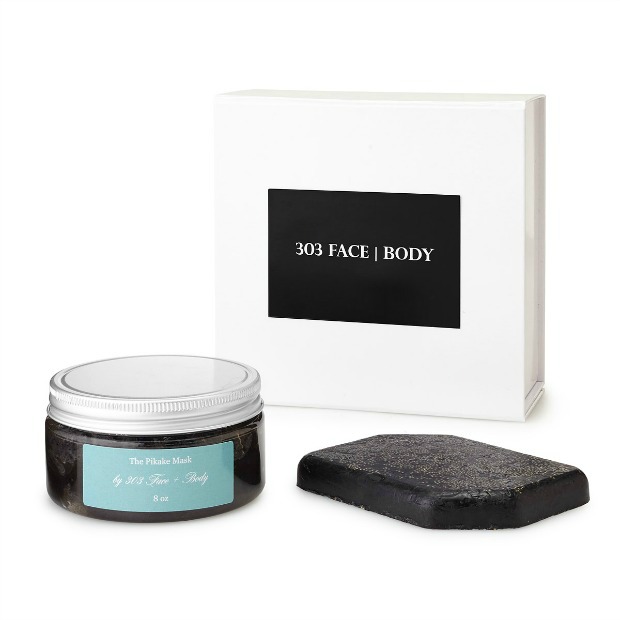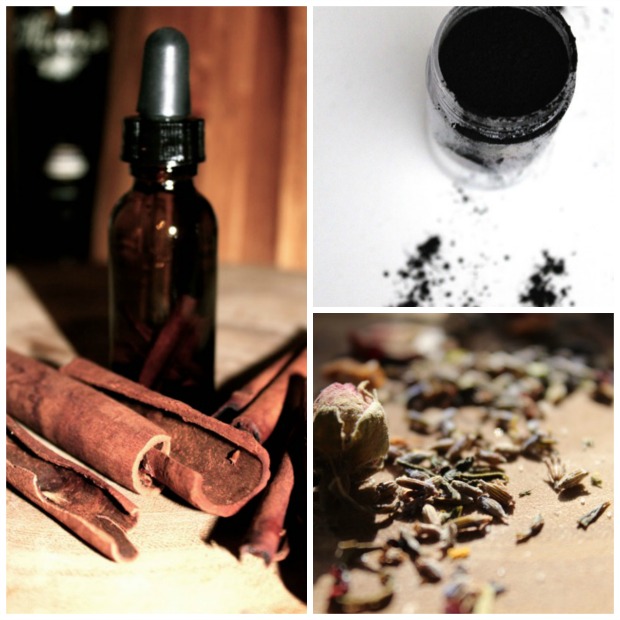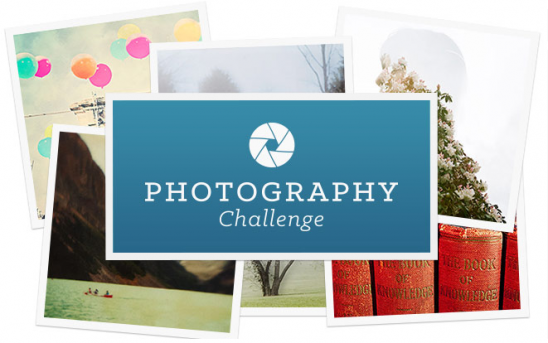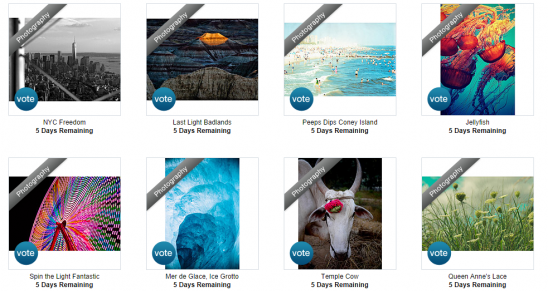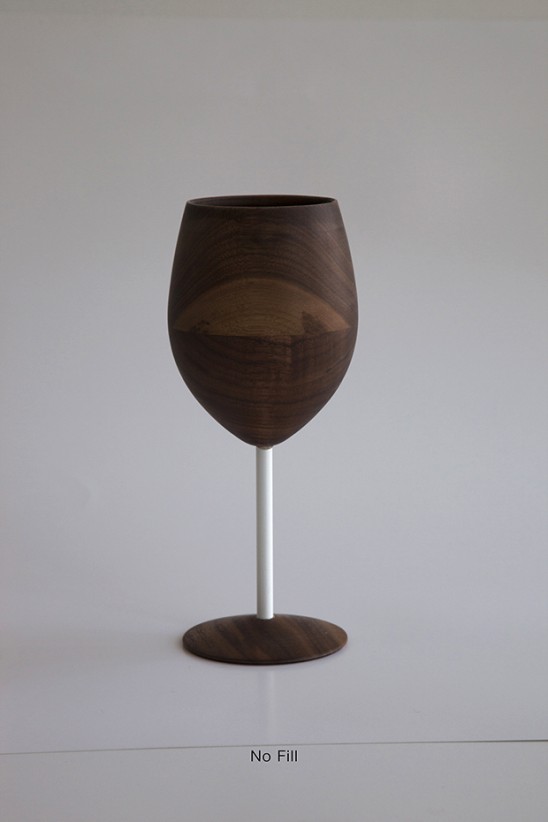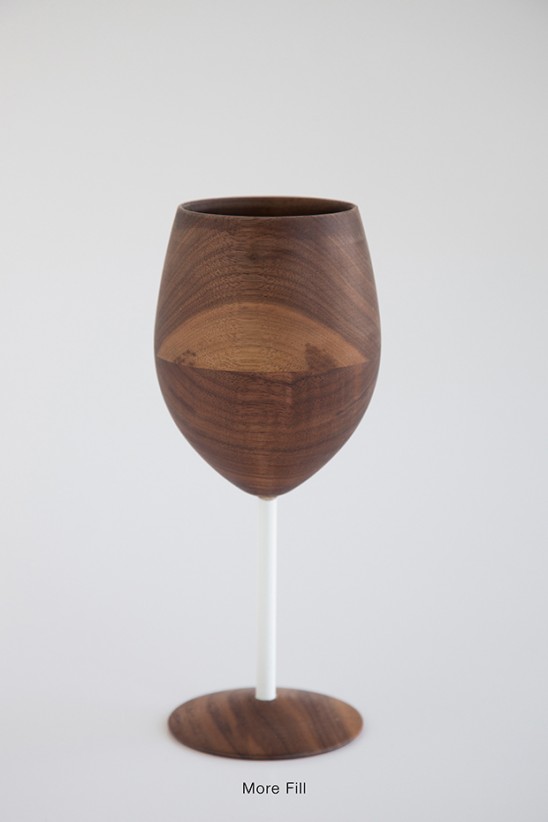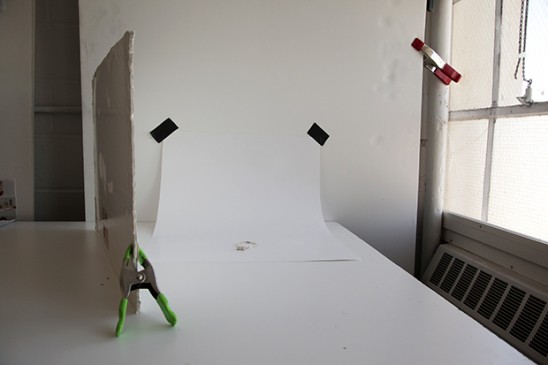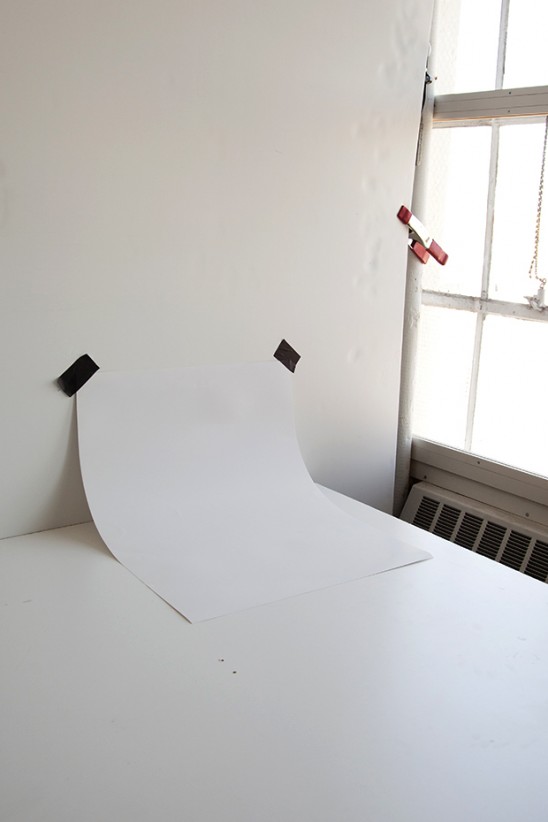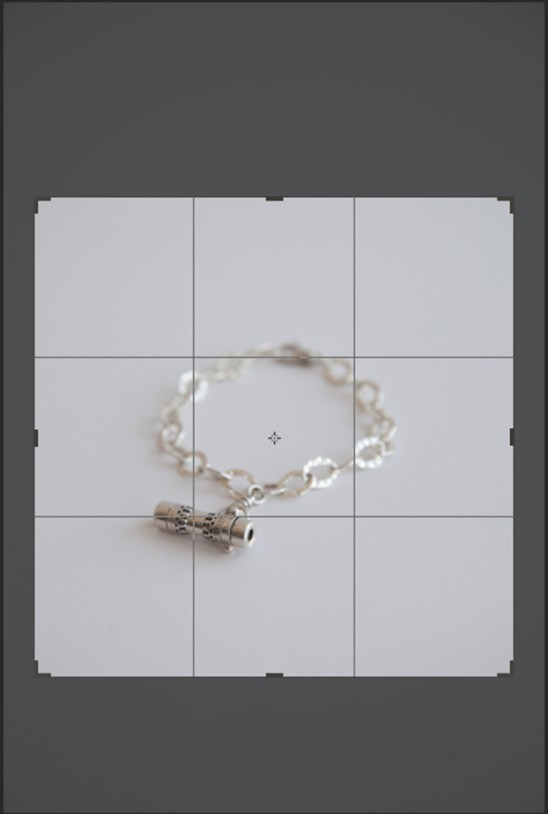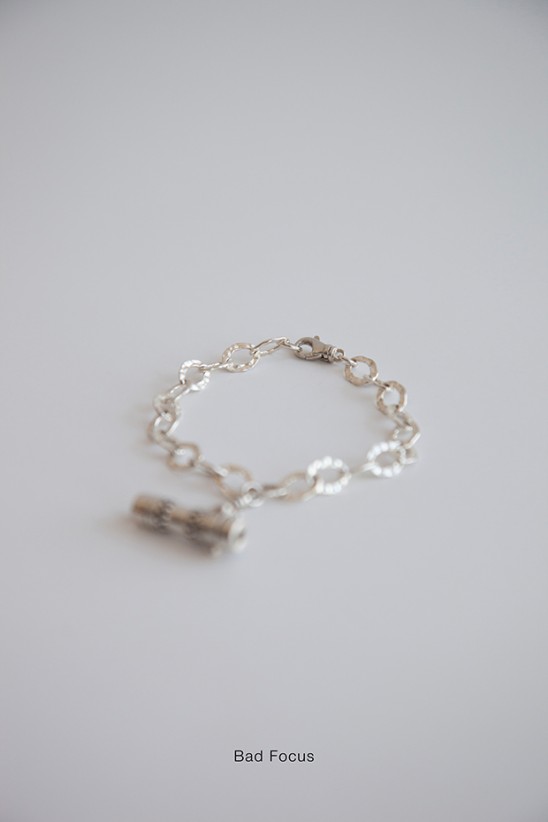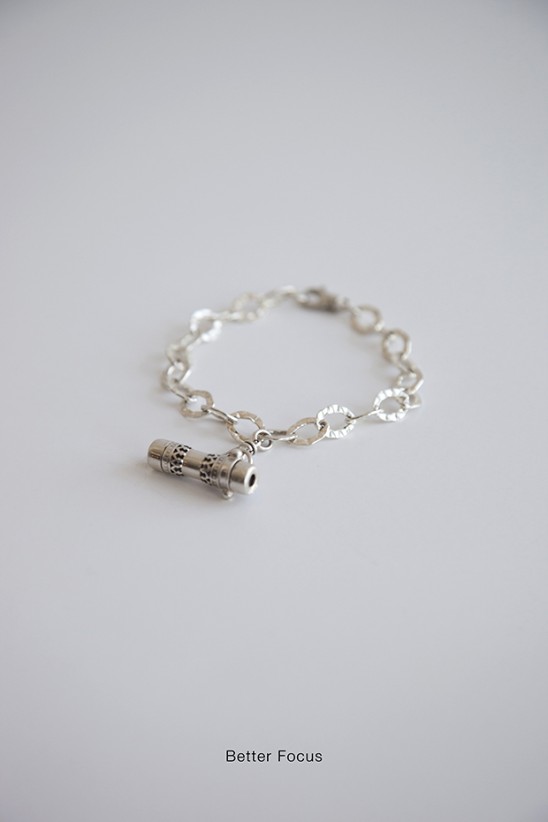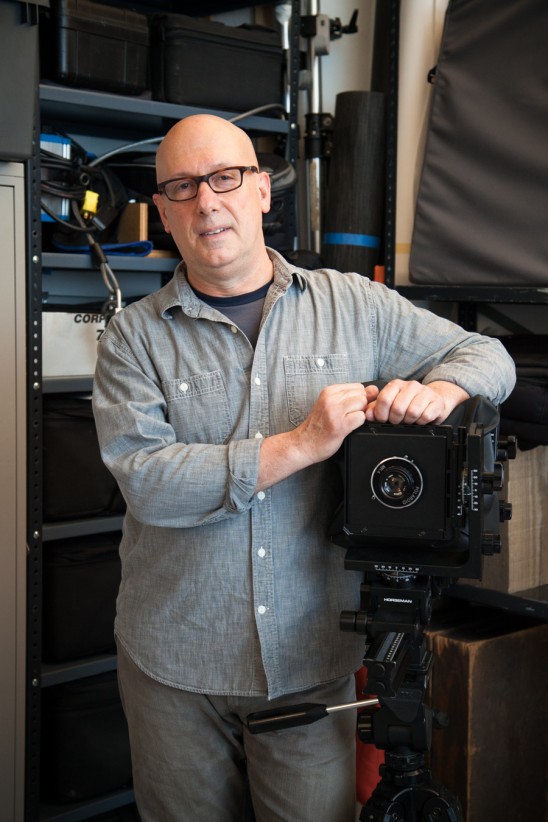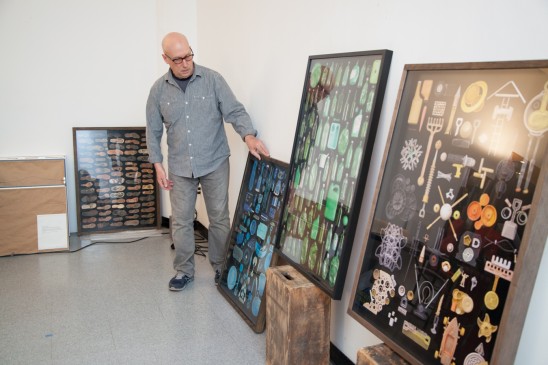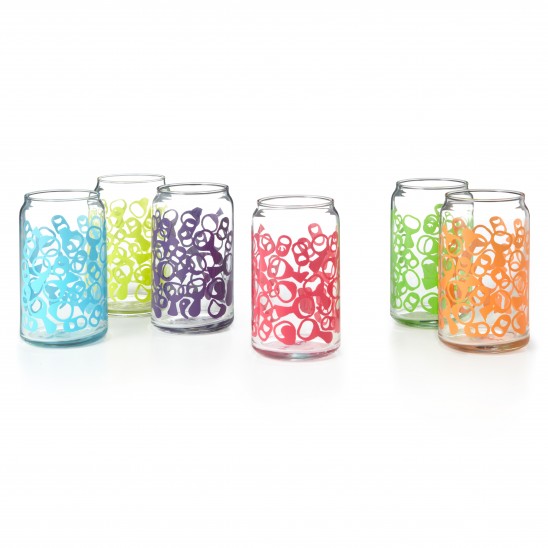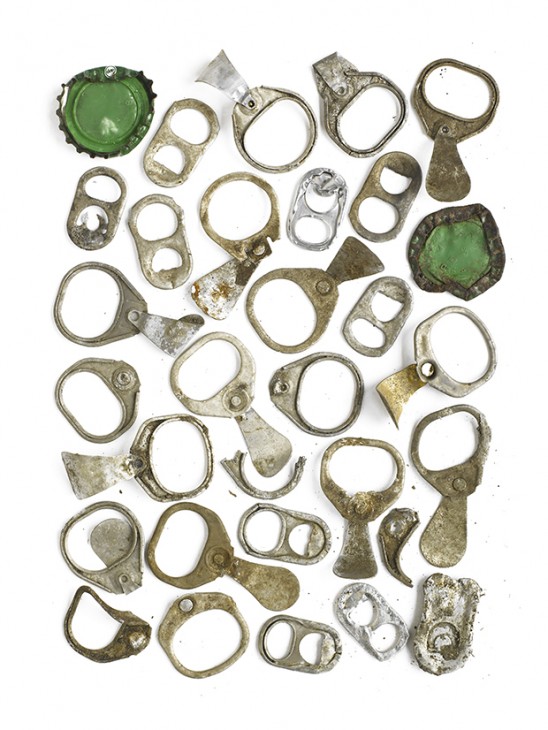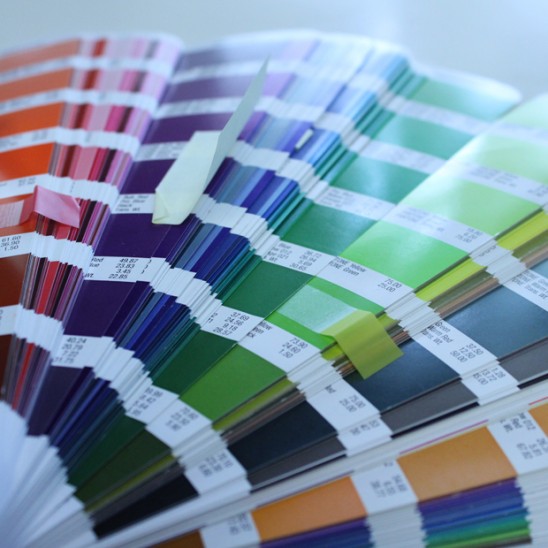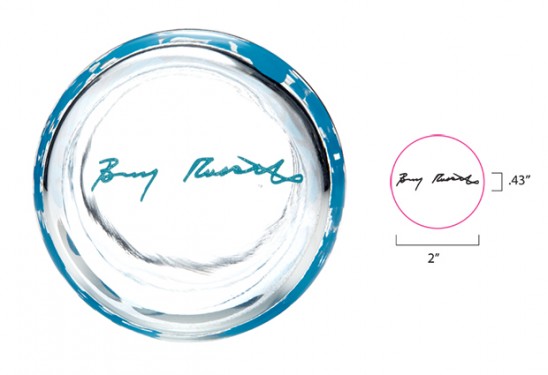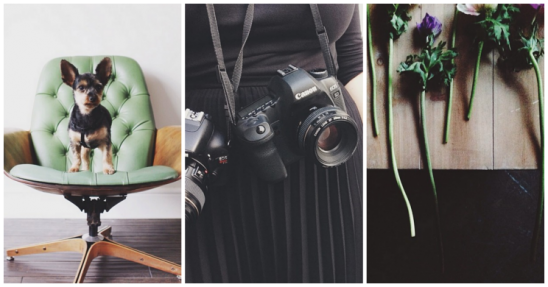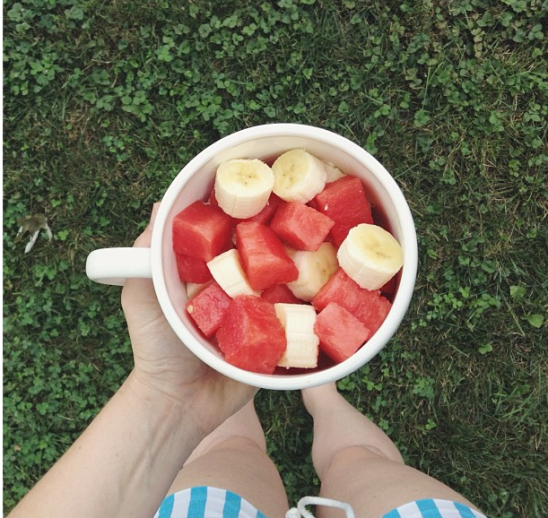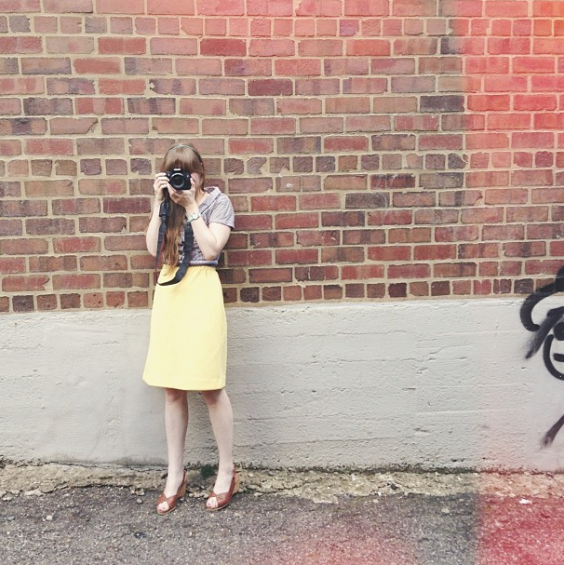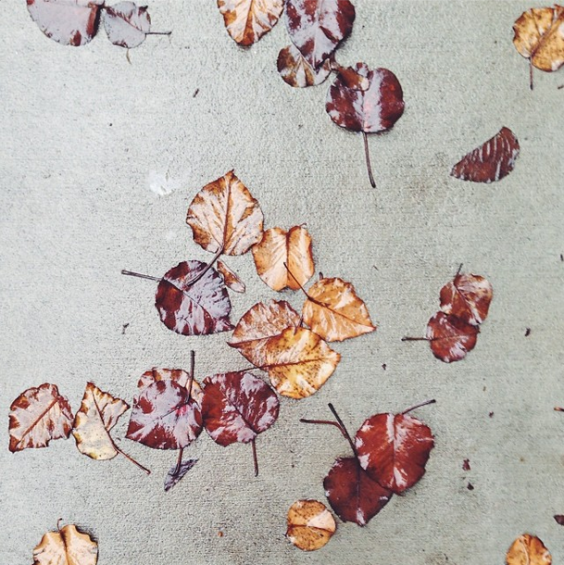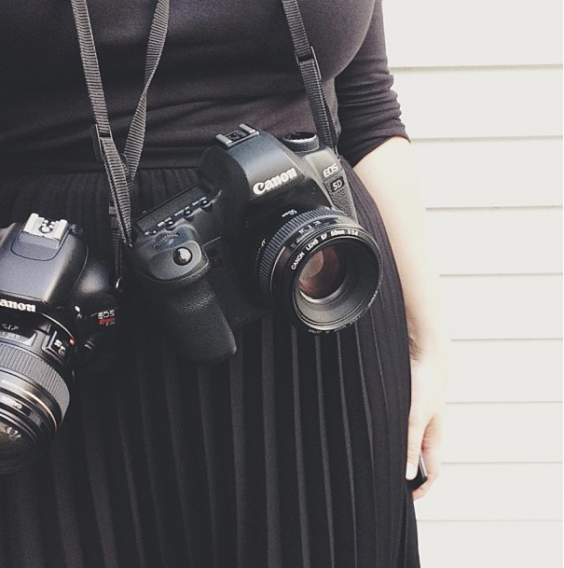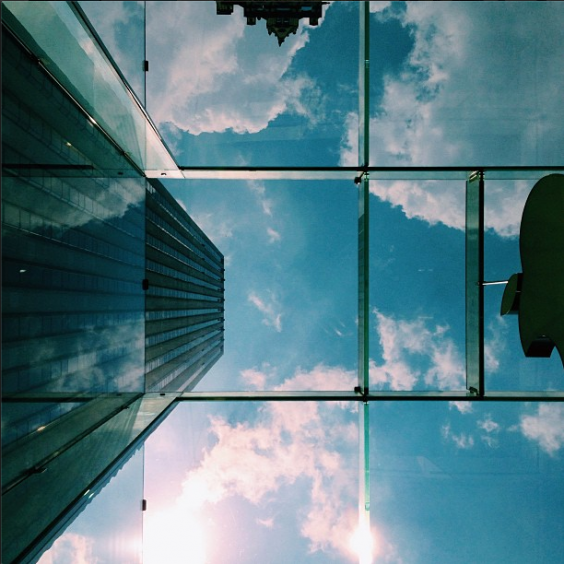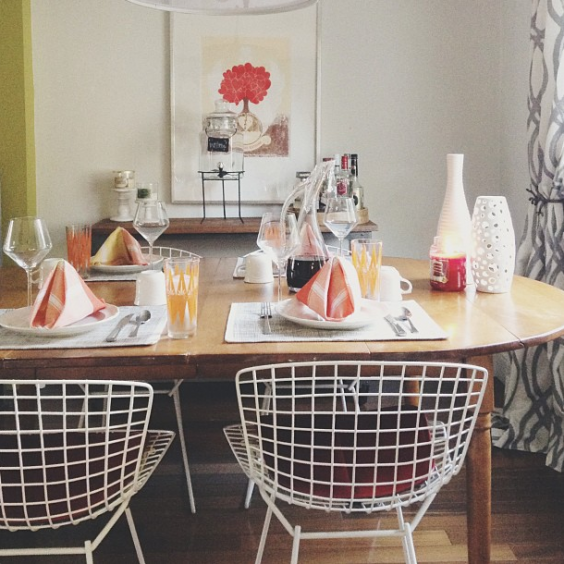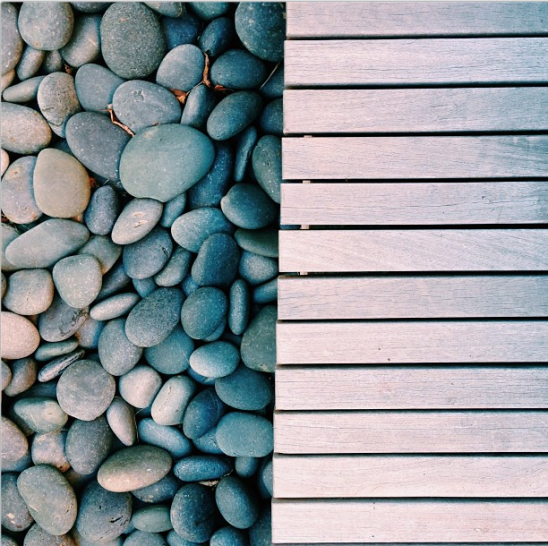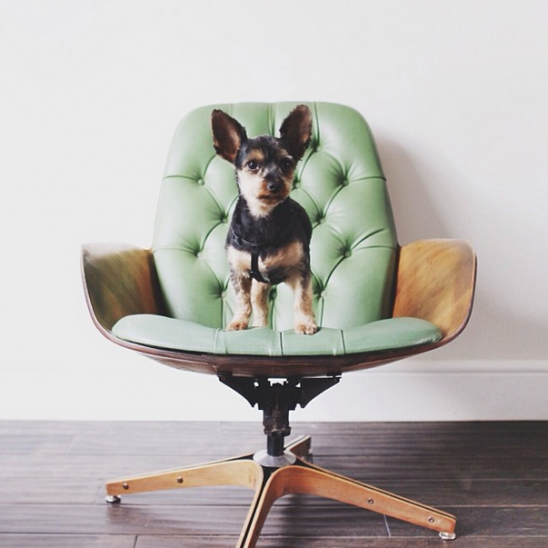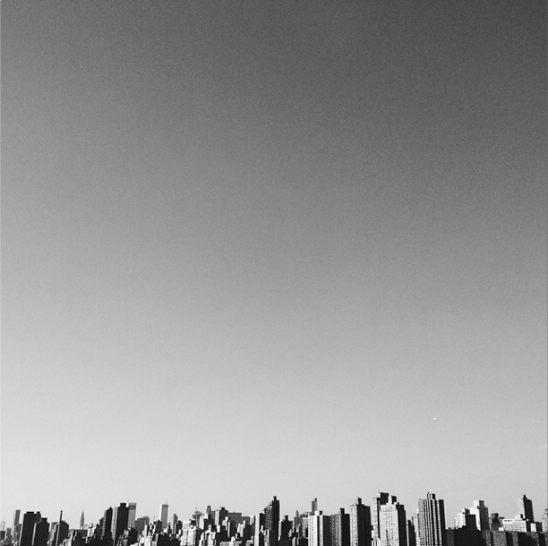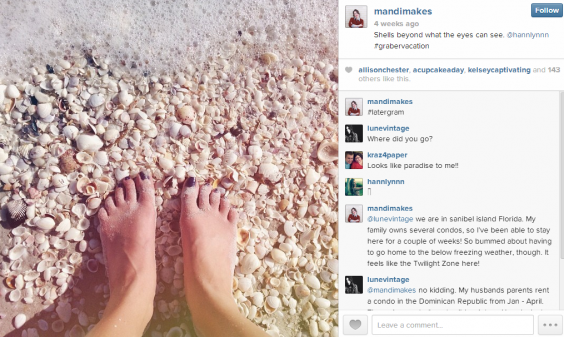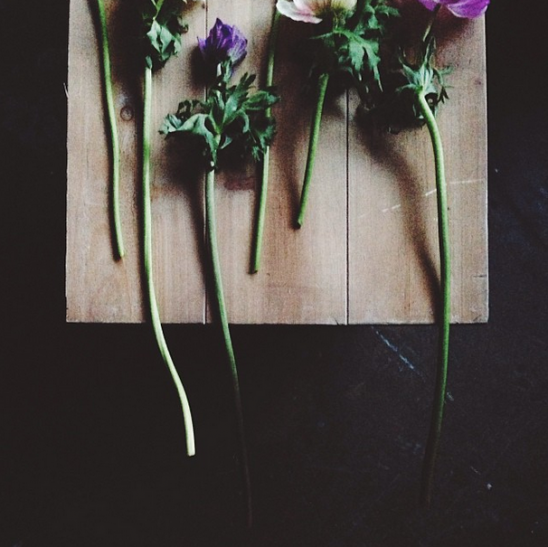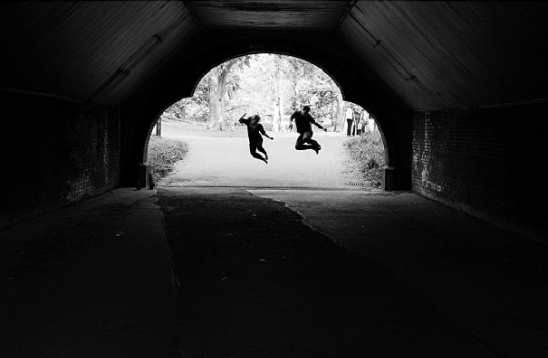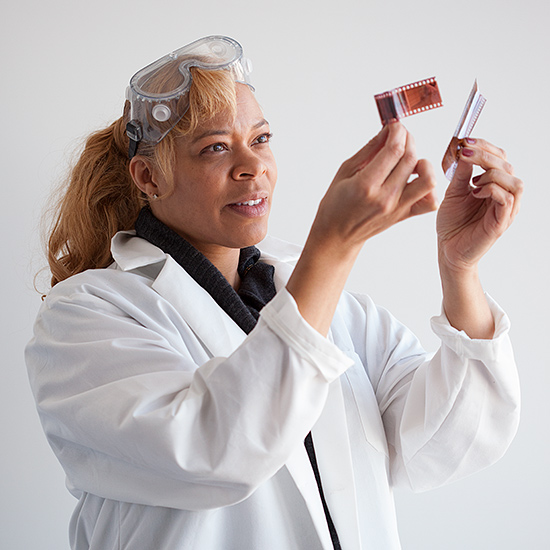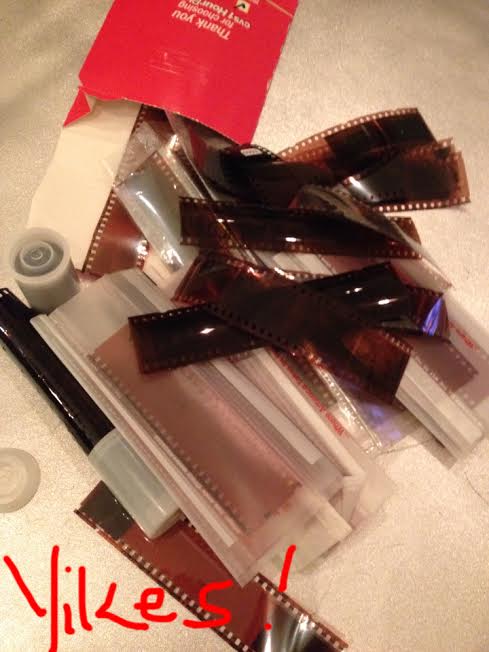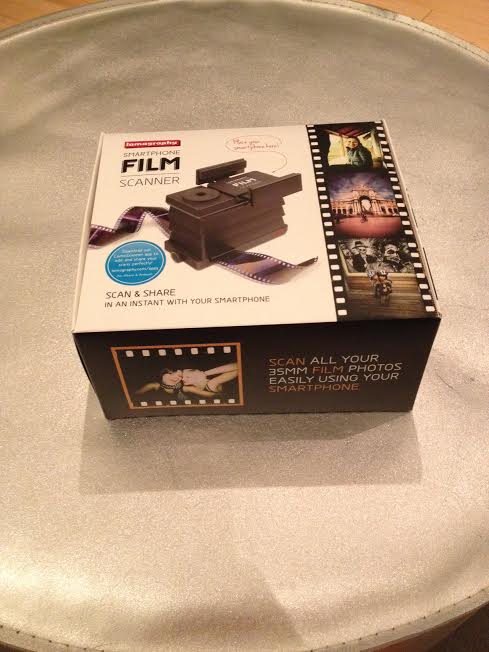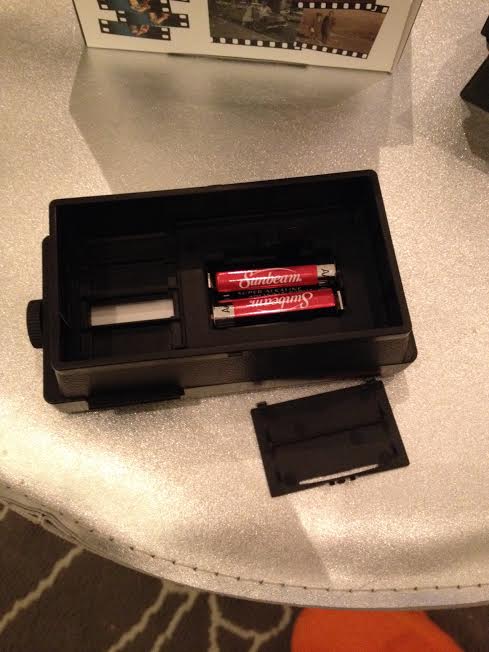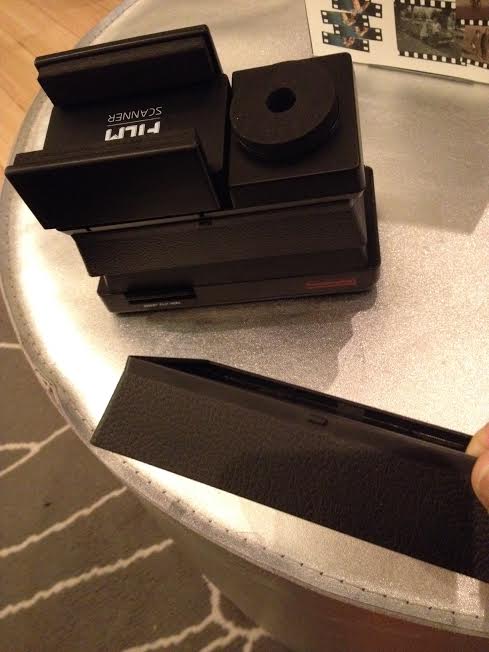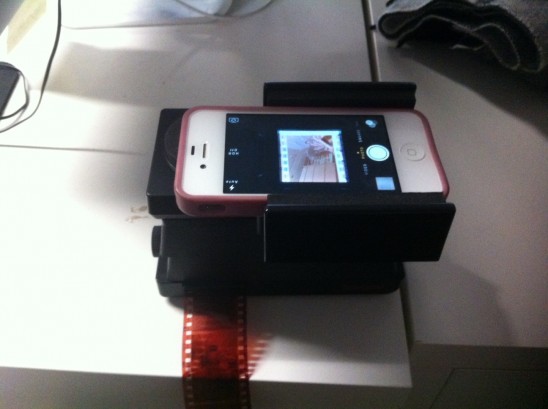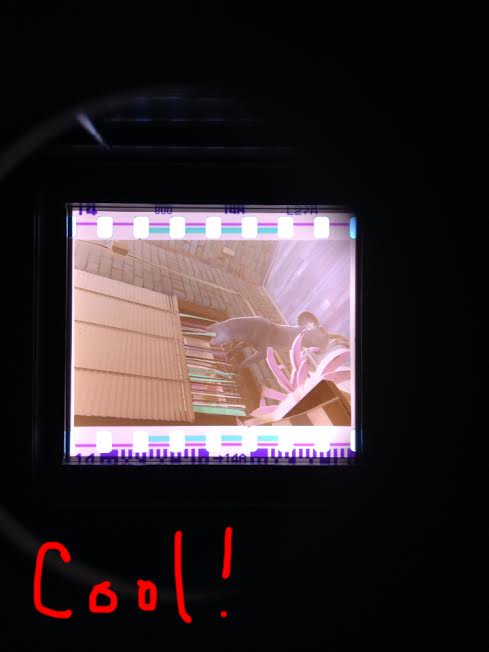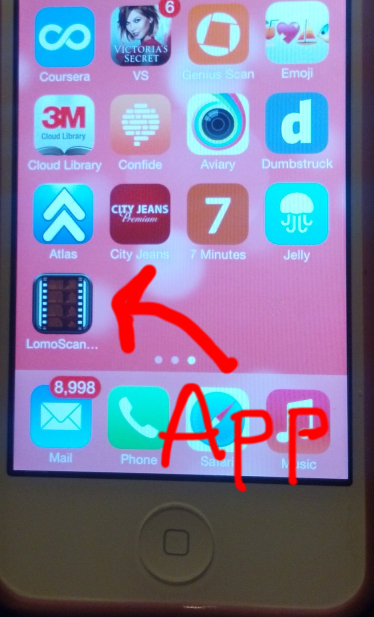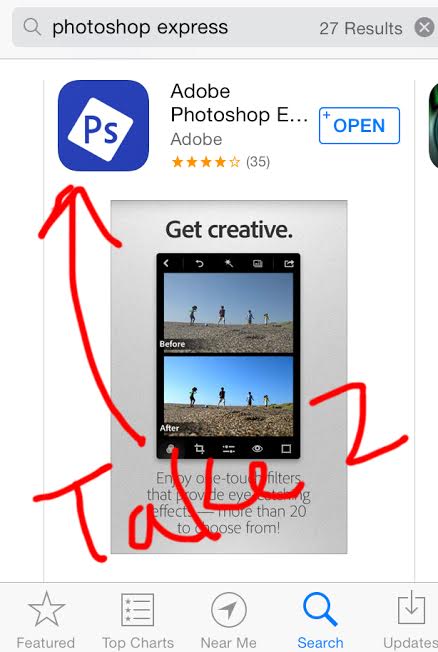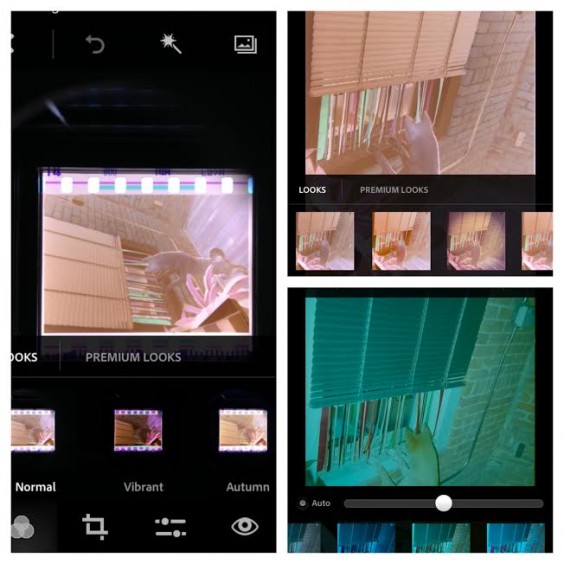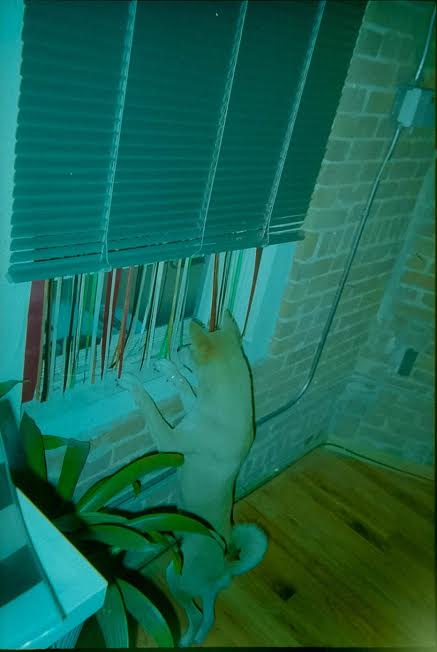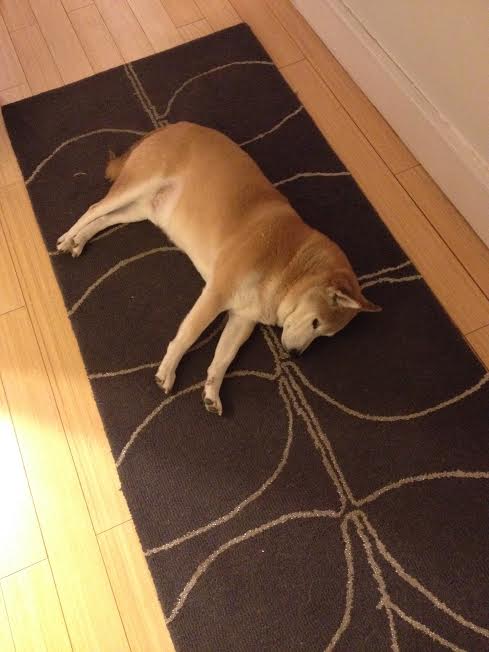Our makers never fail to motivate us, encourage our creativity, and fill us with inspiration. So, when a new product enters our assortment, we’re always excited to learn more about the person behind it.
What gets an artist going and keeps them creating is certainly worth sharing, and every great connection starts with a simple introduction. Meet Marci Lundy, maker of the Pikake Flower Mask and Poppy Soap Gift Set.
What first inspired you to make face and body products?
I moved to Colorado in the Spring of 2010. Although undeniably beautiful, the state left my skin undeniably dry. My usual skincare regimen that I practiced while living at sea level in Southern California no longer worked. I have always admired the look and feel of skincare products, and one day I decided to get online and research the process of making body butters, scrubs, and soaps. I was thrilled to learn about the process and started making my own soaps and scrubs. The products were not perfect in the beginning, but I felt so proud knowing that it was possible to create these items that I have always loved, sans all of the harsh ingredients. Personal use of 303 Face + Body products started with me, and then I began to make products for my family and friends. I used the feedback to fine tune products that I made, and the more I researched, the better the quality of the product became. I went from making soap and sugar scrubs to now making gel moisturizers and serum for nails.
What experiences have been most instrumental in shaping your life so far?
I’m not so sure that there is a particular experience that was instrumental, but for as long as I can remember I’ve literally felt that there is nothing that I cannot do. Having that mindset allows the sky to be my limit. I’ve had people ask, “How did you think to do that?” I find myself answering, “Why wouldn’t I think I could!?!” My husband is also an amazing motivator, both through encouraging me and by simply “being.” An avid swimmer, he was in a diving accident when he was fourteen, and has been in a wheelchair for thirty years. He is so amazing, so positive, heavy into community outreach, and working with the Mayor of Denver. I also have a very supportive family. They’ve been wonderful supporters since day one. With all of that positivity around me, its virtually impossible to not feel as though it’s possible to do whatever I want to in this life.
What advice would you give to the you of 5 years ago?
Find your center, and start using your gifts. I am a total kid at heart, and I’ve just recently learned how to “manage this,” if you will. For years, I lived life as it happened, very much into enjoying the moment. There is nothing wrong with that, but there has to be a vision, a plan, a passion for something that you’re striving toward. I had passion for many things, but never really made any of them work for me. In the last few years, I’ve learned how to not only have fun with what I consider my gifts, but figure out how to make a living doing that which I enjoy and love. Photography and creating my products are my “happy place.” I’ve incorporated my photography into my work by creating greeting cards with my photography. It’s all wonderfully rewarding.
What was the most exciting thing about starting your own company?
It was very liberating to have the freedom to create something that helps others feel their best. I remember working at my desk years ago, looking out the window and thinking, “I wish I was out there, able to do what I really enjoy.” It’s so exhilarating to wake up (or barely sleep, for that matter) because your mind is so excited to start working on your latest skincare product.
What does your typical day at work look like?
The crisp, morning air inspires me, and each morning I go photo walking, which for me is exercise + motivation through nature + capturing nature. After a smoothie or a nice cuppa joe, I begin thumbing through skincare magazines, looking for common skincare concerns, also finding myself motivated by the way various skincare ads are photographed. My studio is also the loft that I share with my husband, so I’ll get my products together and test out textures (sugar scrubs with shea butters, etc) and from those moments of exploration, new products tend to be born. I also use my workdays to reach out to people to possibly collaborate with. The networking process is ongoing, and in this age of social media its very easy to make wonderful connections.
Is there a trinket, talisman, or other inspirational object you keep near? If so, what is it and what does it mean to you?
I love crystals, and have various crystals around my creative space. I love the energy that I receive from them, very uplifting.
What quote or mantra keeps you motivated?
I happened across a quote a few years back that read, “Never Try, Never Know.” I’m always going to try, because I never want the feeling of not knowing.
What are your most essential ingredients and elements of your process?
Activated charcoal and aloe vera gel are two of my most beloved ingredients. Both of those are miracle products, seriously. I also love herbs, I live for herbs!


